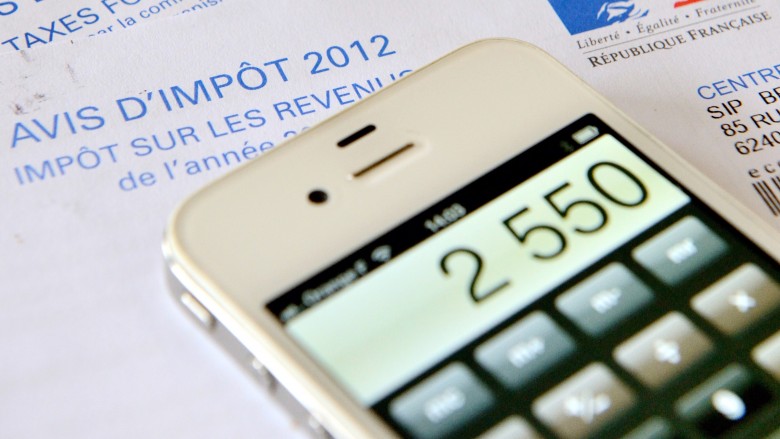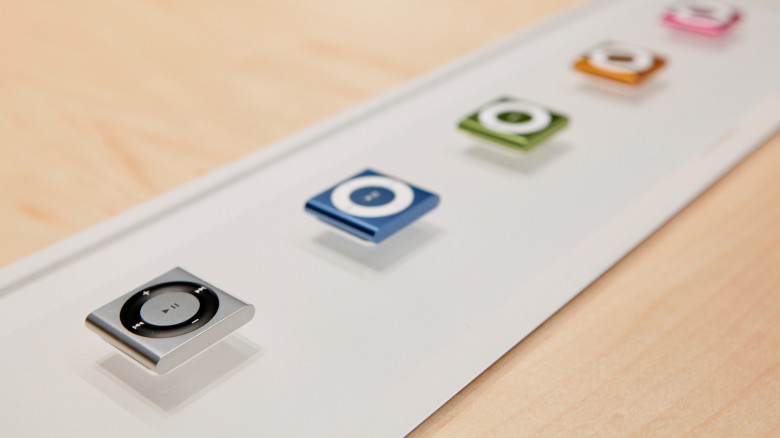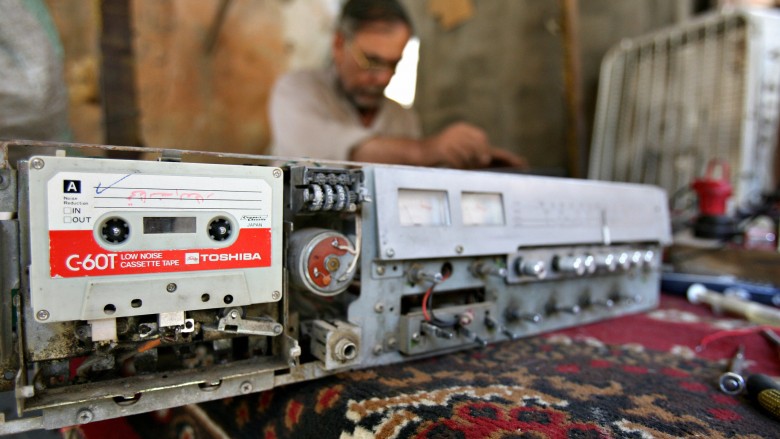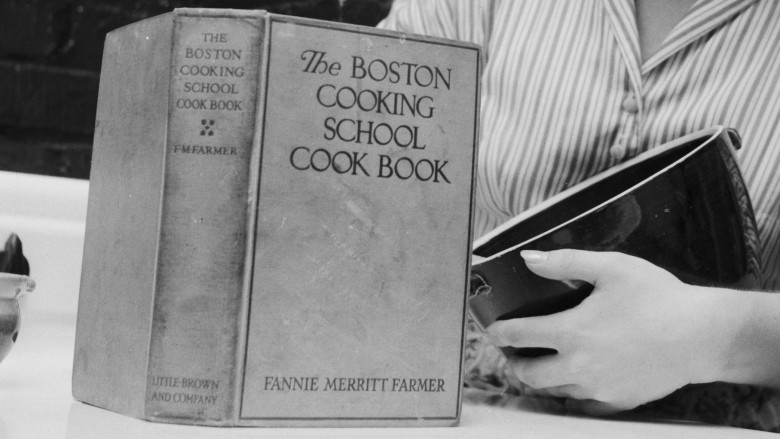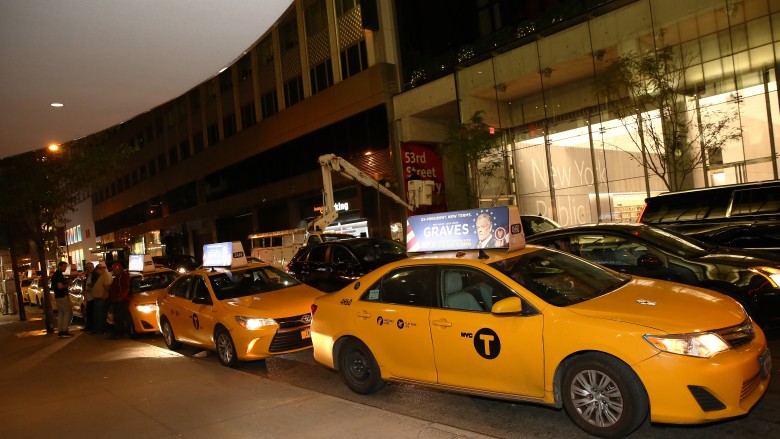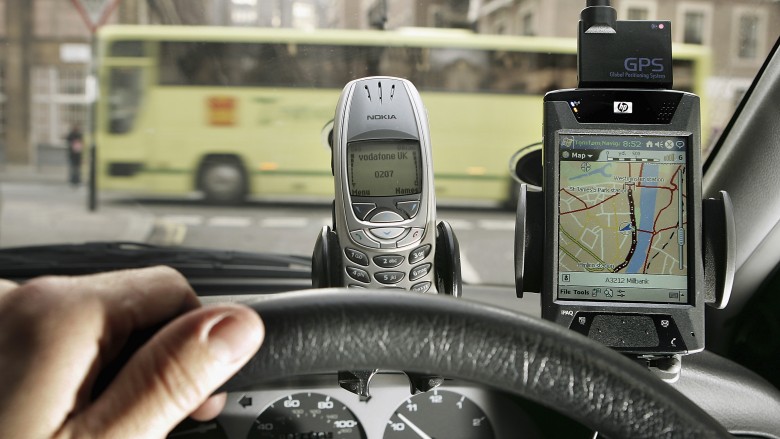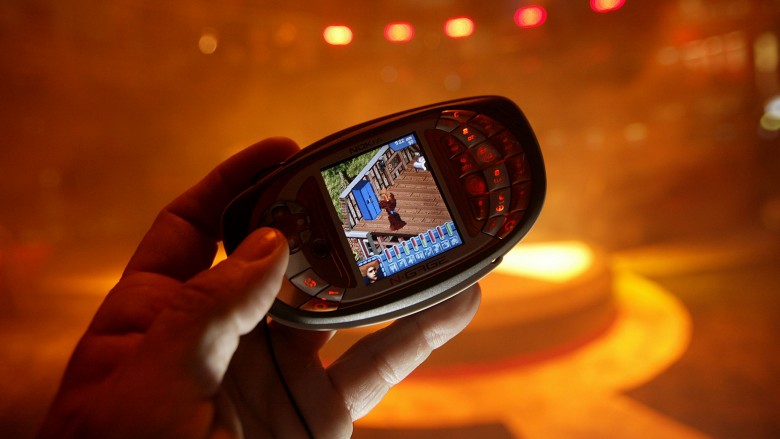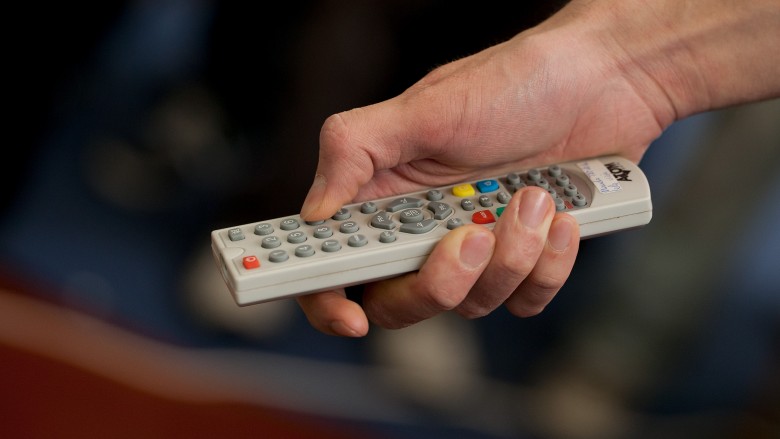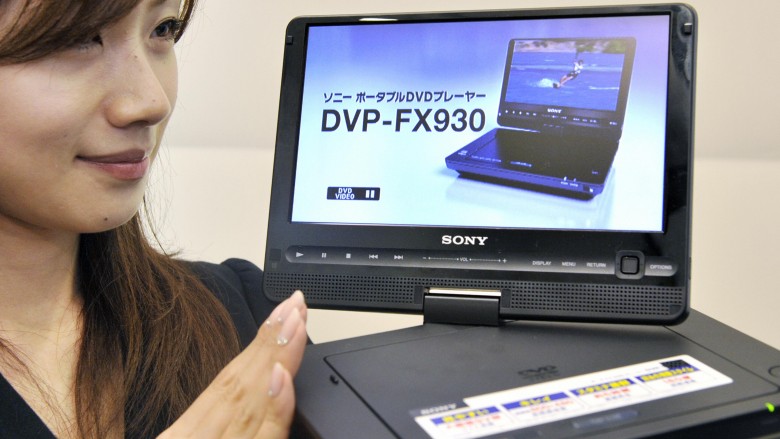Things Killed By The Smartphone
Smartphones rule our society. Their all-encompassing convenience has transformed markets and changed our world with unprecedented connectivity and ease of access. On their way to the top, though, they demolished markets and devastated preexisting industries. Let's have a look at some of the consumer products that smartphones laid to rest.
Calculators
If not for the math teachers whose scientific calculator fixations fund the industry, calculators would be a thing of the distant past. Who needs one, after all, when you have a built-in calculator app? But hey — who needs a built-in calculator app when you have Google? Who in their right mind would drop a hundred bucks on a graphing calculator from Texas Instruments — the #1 math teacher-recommended brand, so much so we're not even sure if there's a #2 — when anybody with a smartphone can get the same functionality from a free app?
Selling calculators has become as practical as selling Turing machine schematics, Tamagotchis, AM/FM radios, videotape rewinders, laserdisc players, and Talkboys.
MP3 players
Portable MP3 players thrived between the rise of Napster and the rise of premium streaming services. It's truly hard to remember what a massive phenomenon the iPod was at its height. With the power to store your entire music collection and create playlists, the iPod era brought the promise of digital media to the fore. At the same time, its lack of wireless connectivity ensured the MP3 player's days were numbered from the get-go.
Smartphones offer options. If you would prefer to transfer thousands of music files to a Micro SD, that's one option. If you would rather get your music from a streaming service, you can do that, too. MP3 players' only option was "blow half your rent on this thing, or all of it?"
Audio cassettes and recorders
Magnetic audio tape has a fascinating history, beginning with Morse Code and the first telegraph in 1844 — 119 years before audio cassettes and other magnetic-tape-based instruments of personalized entertainment and endless frustration. In 1963, Philips introduced the audio cassette at the Berlin Road Show. Sony pressured Philips into licensing the format for free — music cassettes and recorders followed. When Sony released the Walkman in the late '70s, it established the sort of industry dominance that gets companies so far into the lexicon, their brand name becomes the product's only name (see Xerox, Google, Kleenex, Trapper Keeper, Band-Aid).
Then came the CD player — who needs a tape reel when you can choose tracks at will? CD sound systems replaced tape decks, then smartphones came in for the kill. They made it silly to even consider buying either cassettes or CD players (plus, no more lugging around a Trapper Keeper full of physical media discs for changing albums on the go.)
Some people long for a return of the magnetic tape. One company has even made a little money on nostalgia for them — but make no mistake, once the audio cassette goes into the time capsule, it's only coming out to go directly into the landfill ... or the recycling plant.
Cookbooks
Cookbooks used to be a mainstay of kitchens. Now they're bookshelf adornments, decorations, re-gifts, and antiques from a half-forgotten time before Epicurious, allrecipes, and the immortal Mashed. Nowadays, cooking apps have lain bare the limitations of the written form.
Significantly cheaper than cookbooks, cooking apps include alarms, timers, tips for varying the recipes, online communities with which to engage and brainstorm, video tutorials, and literally an internet's worth of resources. If you have a cookbook and you want to use it, you use it. But if you're looking for a new dish to try, going down to the bookshop and browsing the cookbooks section is rarely the go-to method of recipe acquisition, especially if you're hungry now. Even many a cookbook collector and purist prefers the functionality of cooking apps to the familiarity of page-turning, once they've tried them. Just dont drop it into your pot of stew. That's still a bad idea.
Non-app-based taxi services
Taxis used to be a pine-scented institution in American cities. They're still around in densely populated cities like New York City, but how long will even that last with Uber and Lyft around? Not much longer, if Yellow Cab's fate in San Francisco is an indication — they filed for bankruptcy protection in December 2015.
You know those phone numbers on taxi cabs? People used to actually call those. Today, if your cab company doesn't have a social media client and a full-time social media expert, you might not have a cab company for long. But even taxi companies with their own apps and Facebook pages generally rely on pay-when-you-arrive, meter-based rates. On the other hand, app-based, nontraditional transportation services are typically paid in advance, meaning a much smaller chance of being ripped off. Theoretically.
Digital cameras
Once upon a time, cameras required carrying cases, tripods, neck straps, and fancy lens caps. Today, if you have a digital camera with all that junk, and you're not covering a press conference, you're standing on an NFL sideline waiting to be bowled over and concussed. On the plus side, the doctors might find a brain tumor while they're making sure your brain still works. It has happened before.
Kodak built an empire on film-based camera. Its superior quality helped it survive the threat posed by Polaroid's instant gratification. For a while, it seemed we would be living in a perpetual Kodak Moment, but just as fast as the digital camera gained momentum, a threat appeared on the horizon: the smartphone. Why would a consumer spend hundreds of dollars on a tricked-out camera, when they could get comparable functionality from the little camera built into virtually every modern phone? They wouldn't. Kodak failed to adapt to the changing market, and the company's moment is over.
GPS navigation units
As you can see, cellphones and GPS units once coexisted peaceably. That's no longer the case. Google and Apple have dethroned Garmin, maker of the GPS navigation units that were once ubiquitous, and it's all because your smartphone can already do what a GPS unit does. To put it into perspective, 45 million Garmin GPS units were sold in 2008, and that was at the height of Garmin's reign — a pittance compared with smartphone sales. Apple sells more iPhones in a quarter, because an iPhone doesn't just show you how to get from point A to point B — it lets you collect Pokemon as you Go, and that makes all the difference.
Handheld gaming devices without wireless capability
Before Bandai joined forces with Namco, it pushed handheld electronic games. We're not just talking about cartridge-based games, either. We're talking one-game devices which relied on layered LCD panels, like you might see on an old-school alarm clock. (Speaking of which, why don't we see as many of those around anymore? Oh, right. Smartphones.)
Electronic games were overtaken by handheld consoles like Gameboy and Game Gear. Meanwhile, as flip-phones became more like graphing calculators, they started to feature simple games like Tetris and Snake. Not long afterward, a little thing called the internet introduced online gaming to the masses ... and to our flip-phones. The world of mobile gaming was primed for a revolution. Enter Nokia — yes, Nokia. In 2003, Nokia attempted to combine the power and complexity of handheld console gaming with the online potential and convenience of time-waster phone games. Nokia called its would-be revolution the N-Gage, and it was ... just the worst. If you're too young to remember this plastic taco of disappointment, consider yourself lucky. The failure of the N-Gage revealed an unexpected market: people want cellphones that don't just offer time-wasters, but real, console-quality games.
The full history of mobile gaming is beyond the scope of this article. Cliff Notes version: it quickly spelled certain doom for any mobile game devices without wireless internet functionality. With the help of hardware makers like Samsung and Apple, the Google Play Store and the iTunes Store have finally delivered on the N-Gage's hype. Where Nokia failed, Google and Apple would not.
Universal remotes
Universal remotes solved the problem of missing TV remotes. Did the couch eat your remote control? No problem! Just go down to Radioshack and pick up a universal remote. Bring it home, hold the buttons until the light blinks, point it at your TV, and wait for the magic to happen. It was a simple series of steps, but still a series. Today, that process has been cut down to the following: Step 1. Download and open universal remote app. (We're counting that as one step. If pressing an icon to open a program counts as Step 2 to you, being part of the workforce might not be for you.)
Aside from the many obvious advantages of universal remote apps, like not having to buy them, there's a hidden bonus too. It used to be, if you wanted to hijack TVs in bars and restaurants, you had to be the weirdo who brought a TV remote to Chili's. Now, you're but one app away from flipping to Wheel of Fortune whenever the football game gets boring, no matter what anyone else thinks.
Portable DVD players
The portable DVD player is an overpriced, underequipped, niche product for people who can't part with their DVD collections. For a time, portable DVD players were all the rage on airplanes, in airports, on long bus rides, and mounted to seat backs to pacify spoiled children who demand entertainment on every car ride. Think "laptop" minus all the things that make a laptop a laptop. It's a TV screen with a DVD drive attached to it, and the smartphone, with its attending tablet mania, has killed it.
Everything is streaming in this post-Netflix society. Nowadays, you can store several movies and albums on the Cloud and access them whenever you want (as long as you're connected to the internet), or you could have each one on a separate disc and hope they don't get scratched, stolen, or left behind in some hotel room or broken in the backseat. People who don't want to watch movies on their phones can use screen-mirroring to broadcast to a tablet (which costs less than some portable DVD players), though it might burn through your data minutes. Still beats buying stuff.

